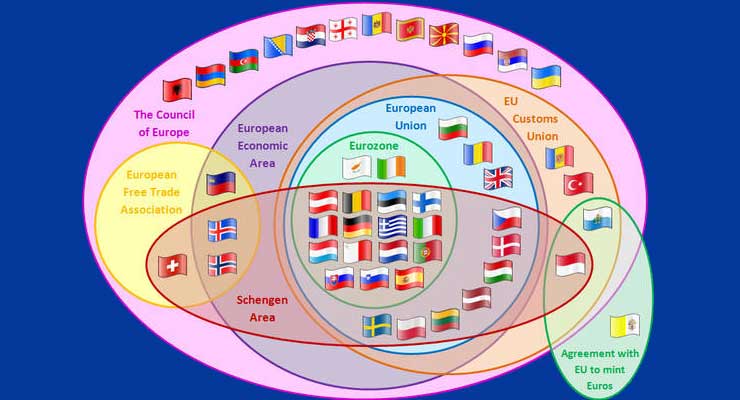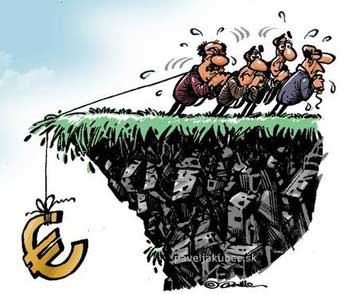
As the world and the major G-6 countries (France, Germany, Italy, Japan, U.K, U.S) focus their attention on the potential deal with Iran over their nuclear program and the ongoing conflict with China over disputed territory in the East China Sea, there is another potential deadly conflict that threatens to turn from a “cold” war to a potential “hot armed” conflict. Tensions between Russia and the EU have spiked. From NATO’s Eastern and Northern bloc countries consisting of Estonia, Latvia and Lithuania in the East to even Norway and Sweden in Northern Europe, a new geopolitics is taking shape. In the current atmosphere, Europe is being forced to awaken to a new reality of a more confrontational stance from Russia that threatens to destabilize the continent and return it to an era of division and even open conflict.
 The current conflict between the EU and Russia began in in February 2014 when pro-Russian militia annexed the Crimean Peninsula after Ukrainian President Viktor Yanukovych stepped down following months of protest. The protest movement came in response to Mr. Yanukovych attempting to sign a debt agreement with Moscow and its President Vladimir Putin, seeking to shift Ukraine away from the West and back toward Moscow. The violence that has followed has revived fears of a new cold war.
The current conflict between the EU and Russia began in in February 2014 when pro-Russian militia annexed the Crimean Peninsula after Ukrainian President Viktor Yanukovych stepped down following months of protest. The protest movement came in response to Mr. Yanukovych attempting to sign a debt agreement with Moscow and its President Vladimir Putin, seeking to shift Ukraine away from the West and back toward Moscow. The violence that has followed has revived fears of a new cold war.
Following the success of the annexation of Crimea, Russia continued in its saber rattling by placing troops along the border with Ukraine, fueling fears of a full scale invasion of the country. Russia has also used its influence along the border with Estonia, Latvia and Lithuania, often with quasi-military tactics, and has sparked concerns with increasingly numerous confrontations with western-oriented Sweden in recent weeks.
“It is a general fact that Russia is carrying out bigger more complex and in some cases more provocative and defiant exercises. We are following that development and are now strengthening our military capability and our international cooperation” Swedish Defense Minister Peter Hultqvist said recently in an interview.
The conflict has seen Russia take a more aggressive stance with the EU countries and their NATO ally, the United States. Russian military planes have been also been reported aggressively maneuvering towards American Navy ships and entering numerous Western country air spaces without permission.
 “We need to keep up with the new reality. It is broadly anchored in Parliament that it is important for the United to be militarily represented in Europe and that it is part of the balance” the Defense Minister continued in his statement.
“We need to keep up with the new reality. It is broadly anchored in Parliament that it is important for the United to be militarily represented in Europe and that it is part of the balance” the Defense Minister continued in his statement.
“You can all conclude who is stronger. Unfortunately, the Swedes have currently anti- Russian phobias and have the antipathy to Russia more than ever before in the past” Russian ambassador to Sweden, Viktor Tatarintsev said recently in an interview.
Eastern European countries have been on edge with Russia’s advancement in the Eastern part of the continent given Russia’s record of invading countries throughout the region. Russia invaded Poland in September of 1939 following Germany’s invasion of Poland on September 1st 1939, the two incidents providing the catalyst for the beginning of World War 2.
One country in particular, Poland, has increased its defence budget 18% making it the highest spending country when it comes to spending on the military in Europe. “This is one of the most important days of my term. This is a very good and important decision given the current situation,” Polish Defense Minister Tomasz Siemoniak said regarding the passage of the defense bill in Poland.
Ultimately, it would be beneficial for the three sides engaged in this conflict to come to the table and try and come up with an agreement that would prevent the escalation of the current armed conflict and return stability to an important part of the world.
Leave a Reply